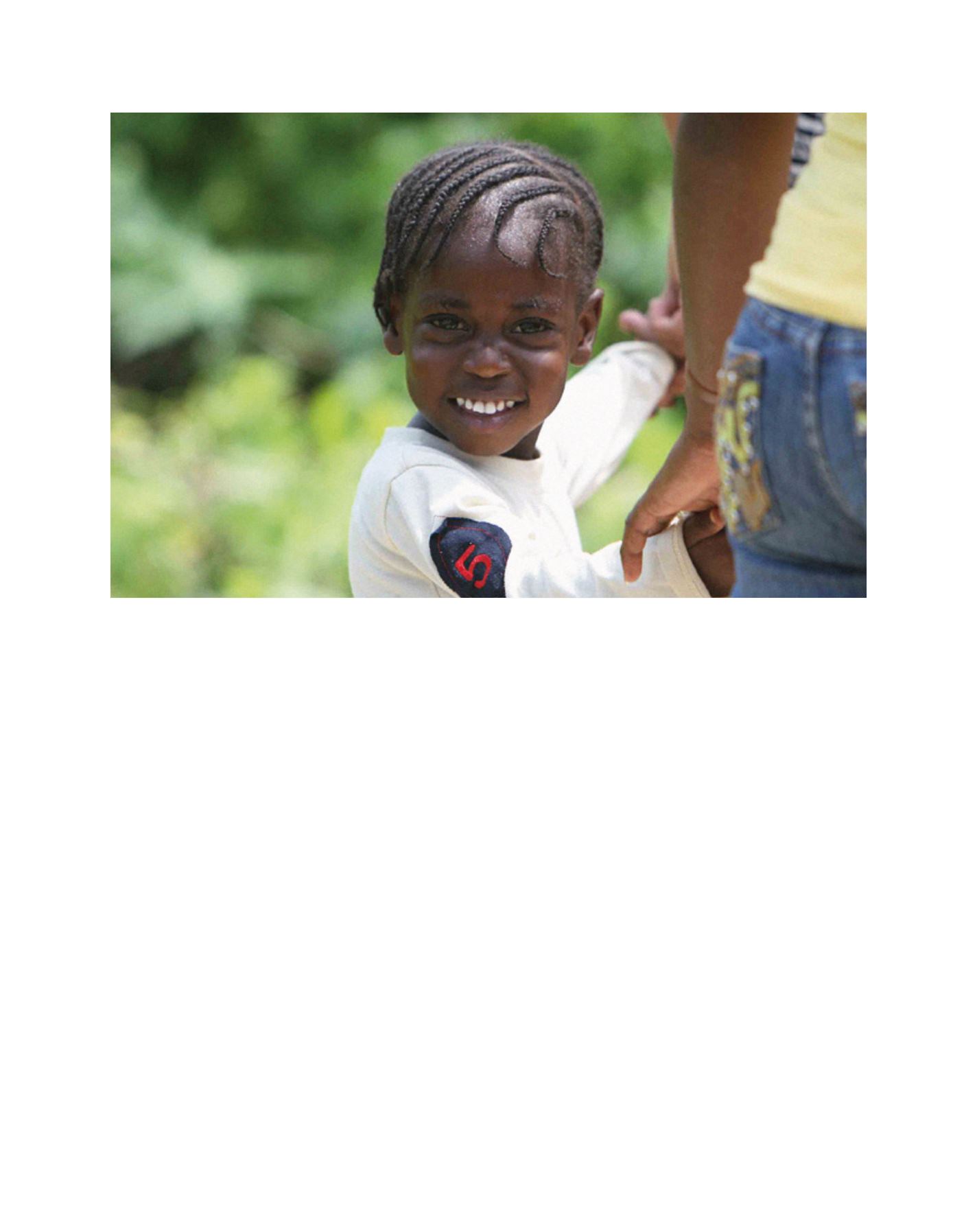

[
] 100
short stories, for example, one focuses on the represen-
tation of the physical environment in relation to the
socio-cultural and economic environment. Limbo Island
relates the story of a man caught up in the American
dream of ‘making it’ (a reverse Willy Loman figure as
in Arthur Miller’s
The Death of a Salesman
) who then
discovers how empty the dream is because he has sold
his soul for it. A broad eco-critical reading uncovers the
growing loss of land and culture of a people to tourism.
The economic drivers of tourism lead to the destruc-
tion of the natural environment as well as the social
and cultural environment. Conflict between economic
sustainability on one hand, and on the other hand,
social, cultural and physical sustainability is thus
represented by the writer. For Caribbean and other
small island people where tourism is the number one
foreign exchange earner, such a text exposes clearly the
tensions and the dangers of unsustainable tourism. The
point made here is that connecting the specificities of
the subject with the awareness of sustainability can lead
to students becoming citizens who are far more aware
of the ambiguities and tensions in their society and
are thus enabled to take meaningful action to address
these. Equally importantly, the students can begin to
articulate an eco-critical resistance to development that
threatens a sustainable future and also to imagine an
alternative future. This is a major part of what it means
to educate for sustainability.
to persuade them to change their way of life. Community action
projects undertaken by graduate students have included:
• Developing peace through literacy classes
• Creating green areas; raising awareness of sustainability in a
school through a recycling project
• Vegetable gardening
• Reshaping a conservative church’s mental space to include a
HIV/AIDS project.
Students are also encouraged to read more deeply and widely the
broader environmental, social and economic texts, so that they are
able to recognize other acts of unsustainable living – such as hotels
built on fragile coastlines, or hotel activities that destroy reefs, and
the economic and political power behind this – and to identify ways
to intervene. In other words, student teachers are encouraged to
examine further the concept of sustainable development, under-
standing that degradation of the environment (i.e. the ecological
and biophysical life support systems) places human beings at great
risk. They are encouraged to reflect on the connection between the
environment and social/cultural and economic development, to see
literature and its texts as part of the cultural capital, related to all
aspects of this ‘ecosystem’.
Literature texts are thus read/taught with the awareness of this
interconnection. Applying knowledge of various literary theories,
for example eco-criticism and post-colonialism, students deepen
their interpretation of the literature texts as well as the actual social,
economic and environmental texts of their world. In reading the
story of Limbo Island in
Blue Latitudes
, a collection of West Indian
Child participating in the early childhood education Roving Caregivers Programme in Jamaica
Image: © UNESCO, Gary Masters
















